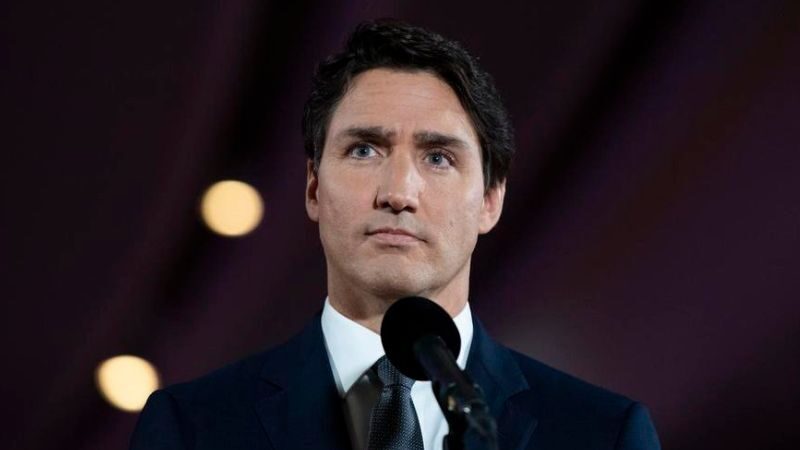"A lot of Americans ask me what 'two-spirit' means. the fact is that even Canadians don't know, & we aren't allowed to ask. so I was interested in this 30-page ... doc about the issue. Alas, page 10 informs us 'there is no way to define the term,'" tweeted Quillette editor Jon Kay.
The abbreviation 2S now appears at the beginning of the ever-growing inclusivity alphabet in Canada. In its recent $100-million 2SLGBTQI+ Action Plan, the Trudeau government announced that it would "adopt and encourage the general use of the more inclusive term and acronym 2SLGBTQI+," overlooking the fact that it's an initialism not an acronym.
"The '2S' acronym at the front recognizes Two-Spirit people as the first 2SLGBTQI+ communities," the Action Plan goes on to explain.
So who are these two-spirit people and what is their history?
The EFTO document says the term originates "from a vision experienced by Dr. Myra Laramee in 1990," and means "having the ability to be neutral through the lens of having both feminine and masculine spirit." Others attribute it to queer activist Albert McLeod.
The term is "a translation of the Anishinaabemowin term, niizh manidoowag (niizh-two, manidoo-spirit) which refers to a person who embodies both masculine and feminine spirits," but "has a diverse range of expressions, depending on the individual, community, cultural, or linguistic context."
Comment: Correct translation: word salad.
"To try and encapsulate all that is included in the translation from an Indigenous language to English is limiting," we are told. "[S]ome Indigenous people may use the term to identify sexual orientation while others may use it to indicate an embodiment of two spirits (masculine and feminine), and still others may identify with all of the above, or another more culturally specific understanding."
The document aimed at educating elementary school teachers about "twospirit or Indigiqueer folx" goes on to say "that any discussion of the multiple, complex meanings of the concept twospirit must be Indigenous-centred, nation specific, while grounded in Indigenous worldviews, ways of knowing and being."
Comment: Accepting "other ways of knowing and being" is to reject objective knowledge and truth, and to reinterpret reality through the lens of postmodern/neo-marxist epistemology. These concepts and idea were heavily pushed by Marxist philosopher Paulo Friere and have since become widespread throughout Western educational systems.
For more information, see the following discussion by James Lindsay:
But the truth is, many indigenous cultures didn't have a concept of "two-spirit," and in those that did have something resembling this new queer-theory influenced term, it was reserved largely for males who were gender-nonconforming, most likely those who would grow up to be homosexual.
"Two-spirit" females appear to be vanishingly rare in historical accounts.
A recent survey of youth referrals to Canada's ten main pediatric gender clinics showed Indigenous youth made up 18.8% of the referrals when they only account for 7.7% of the child population. Almost 80% of the referrals were female, and a whopping 62.3% were started on puberty blockers on the first appointment.




Liberal BS, pointless to try to understand.